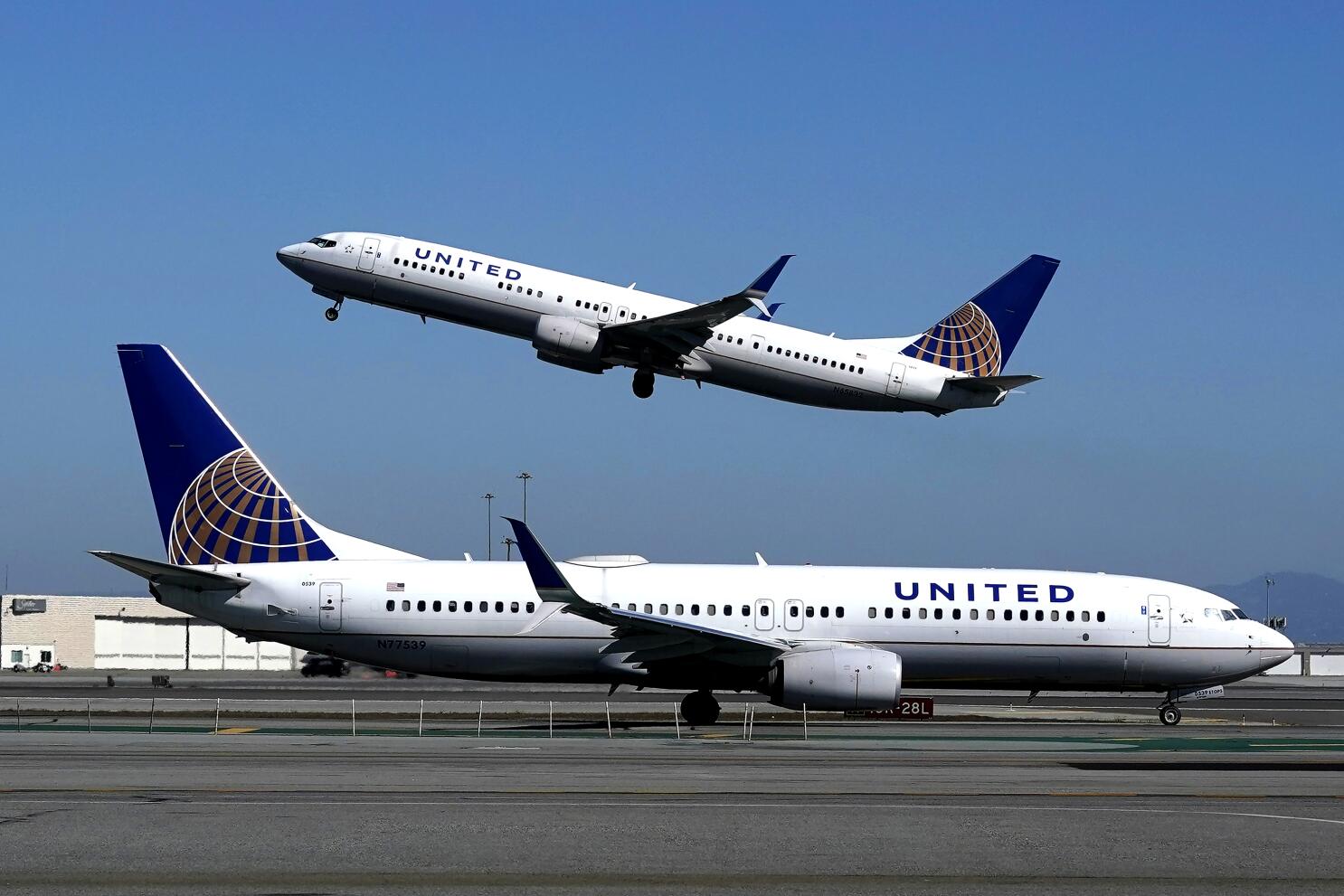
Aviation plays a huge role in our modern world, connecting people and places like never before. But have you ever wondered about the environmental impact of all those flights? Air travel contributes to climate change, air pollution, and noise pollution. Understanding these impacts can help us make better choices and push for greener technologies. From carbon emissions to the effects on wildlife, there’s a lot to consider. This blog post will dive into 14 key facts about aviation’s environmental footprint, shedding light on what’s happening up in the skies and what it means for our planet. Buckle up and get ready to learn!
Key Takeaways:
- Aviation's carbon footprint is significant, with commercial flights contributing 2.5% of global CO2 emissions. This impact highlights the need for sustainable aviation practices to reduce environmental harm.
- Efforts to mitigate aviation's environmental impact include investing in fuel-efficient aircraft, exploring alternative fuels, and developing innovative technologies like electric and hybrid-electric aircraft. These measures aim to reduce carbon emissions and minimize the industry's ecological footprint.
Aviation's Carbon Footprint
Aviation significantly contributes to global carbon emissions. Here are some eye-opening facts about its environmental impact.
-
Commercial flights account for about 2.5% of global CO2 emissions. This might seem small, but it's a substantial amount when considering the vast number of industries contributing to pollution.
-
A single long-haul flight can produce more CO2 than the average person in many countries generates in a year. This highlights the disproportionate impact of air travel on individual carbon footprints.
Fuel Consumption and Efficiency
Fuel efficiency in aviation has improved, but the sheer volume of flights still poses environmental challenges.
-
Modern jets are about 80% more fuel-efficient per passenger mile than the first jets from the 1960s. Technological advancements have significantly reduced fuel consumption per passenger.
-
Despite efficiency gains, total fuel consumption by airlines has increased due to the growing number of flights. More people flying means more fuel burned overall.
Non-CO2 Emissions
Aviation's environmental impact isn't limited to CO2 emissions. Other pollutants also play a role.
-
Aircraft emit nitrogen oxides (NOx), which contribute to ozone formation and global warming. These emissions occur at high altitudes, where their impact is more pronounced.
-
Water vapor from aircraft engines forms contrails, which can develop into cirrus clouds. These clouds trap heat in the atmosphere, contributing to the greenhouse effect.
Noise Pollution
Noise pollution from aircraft affects communities near airports and wildlife.
-
Aircraft noise can disrupt sleep and increase stress levels in people living near airports. Chronic exposure to noise pollution has been linked to various health issues.
-
Wildlife, particularly birds, can be disturbed by aircraft noise, affecting their feeding and breeding habits. This can lead to long-term ecological consequences.
Mitigation Efforts
Efforts to reduce aviation's environmental impact are underway, but challenges remain.
-
Airlines are investing in more fuel-efficient aircraft and exploring alternative fuels. Sustainable aviation fuels (SAFs) are being developed to reduce carbon emissions.
-
Operational improvements, such as more efficient flight paths and reduced idling times, can lower fuel consumption. These measures help minimize the environmental footprint of each flight.
Regulatory Measures
Governments and international bodies are implementing regulations to curb aviation emissions.
-
The International Civil Aviation Organization (ICAO) has introduced the Carbon Offsetting and Reduction Scheme for International Aviation (CORSIA). This scheme aims to stabilize CO2 emissions from international flights at 2020 levels.
-
Some countries have introduced aviation taxes to discourage excessive air travel and fund environmental initiatives. These taxes aim to make flying less attractive compared to other, greener modes of transport.
Future Technologies
Innovations in aviation technology hold promise for reducing environmental impact.
-
Electric and hybrid-electric aircraft are being developed to reduce reliance on fossil fuels. These aircraft could significantly lower emissions for short-haul flights.
-
Supersonic jets are being designed with environmental considerations in mind, aiming to minimize their carbon footprint. These jets could revolutionize air travel while being more eco-friendly than their predecessors.
The Bigger Picture
Aviation's environmental impact is a pressing issue. Planes contribute significantly to carbon emissions, affecting our climate. While advancements in technology and fuel efficiency are promising, they aren't enough alone. Sustainable aviation fuels and electric planes are emerging solutions, but widespread adoption remains a challenge. Airlines and governments must collaborate to implement stricter regulations and invest in research. Passengers can also play a role by choosing eco-friendly airlines and offsetting their carbon footprint. Understanding these facts helps us grasp the urgency of addressing aviation's environmental impact. By making informed choices and supporting innovative solutions, we can all contribute to a more sustainable future.
Frequently Asked Questions
Was this page helpful?
Our commitment to delivering trustworthy and engaging content is at the heart of what we do. Each fact on our site is contributed by real users like you, bringing a wealth of diverse insights and information. To ensure the highest standards of accuracy and reliability, our dedicated editors meticulously review each submission. This process guarantees that the facts we share are not only fascinating but also credible. Trust in our commitment to quality and authenticity as you explore and learn with us.


